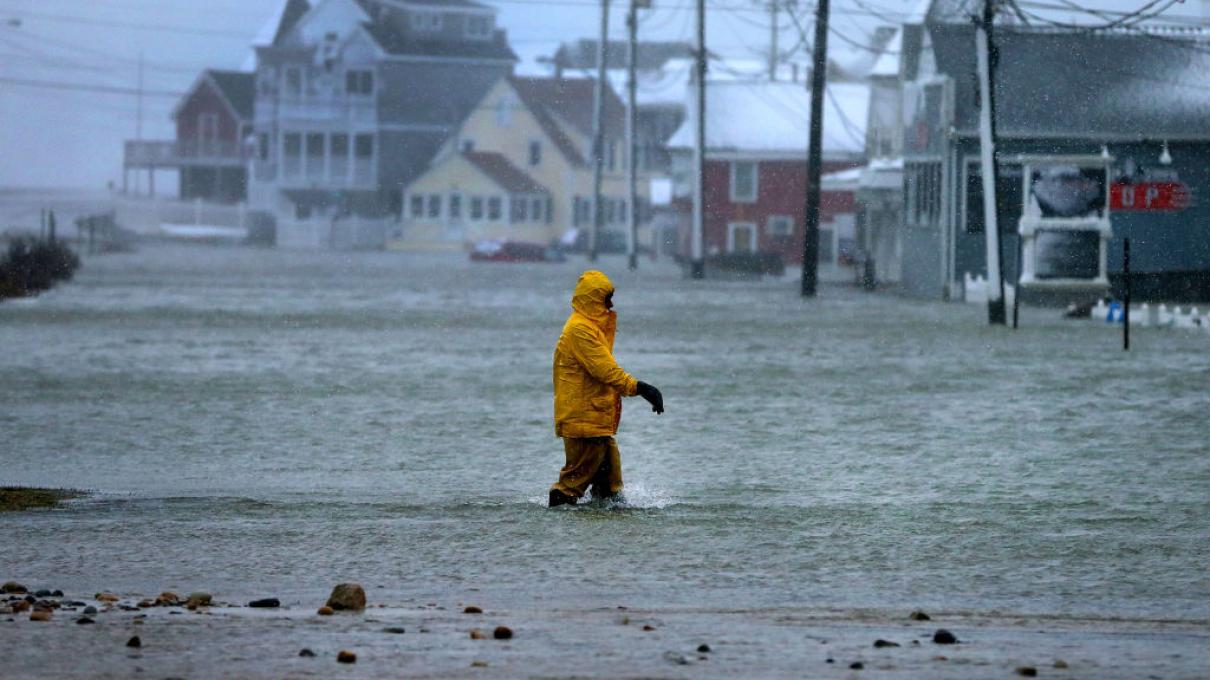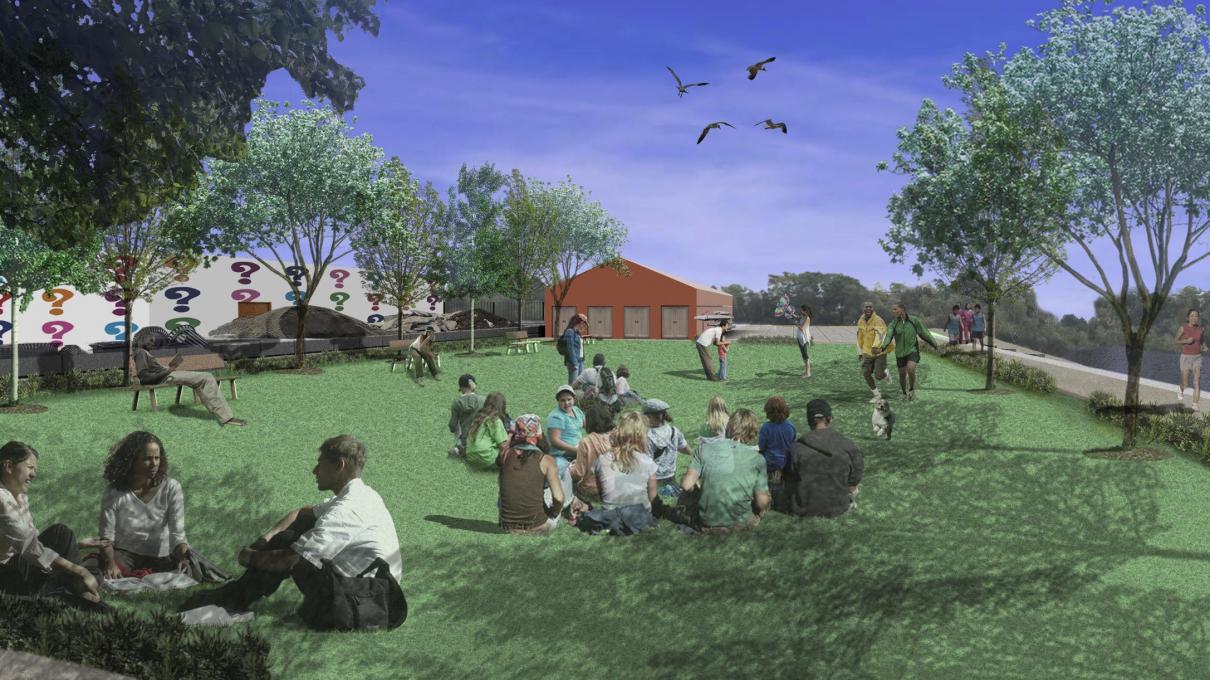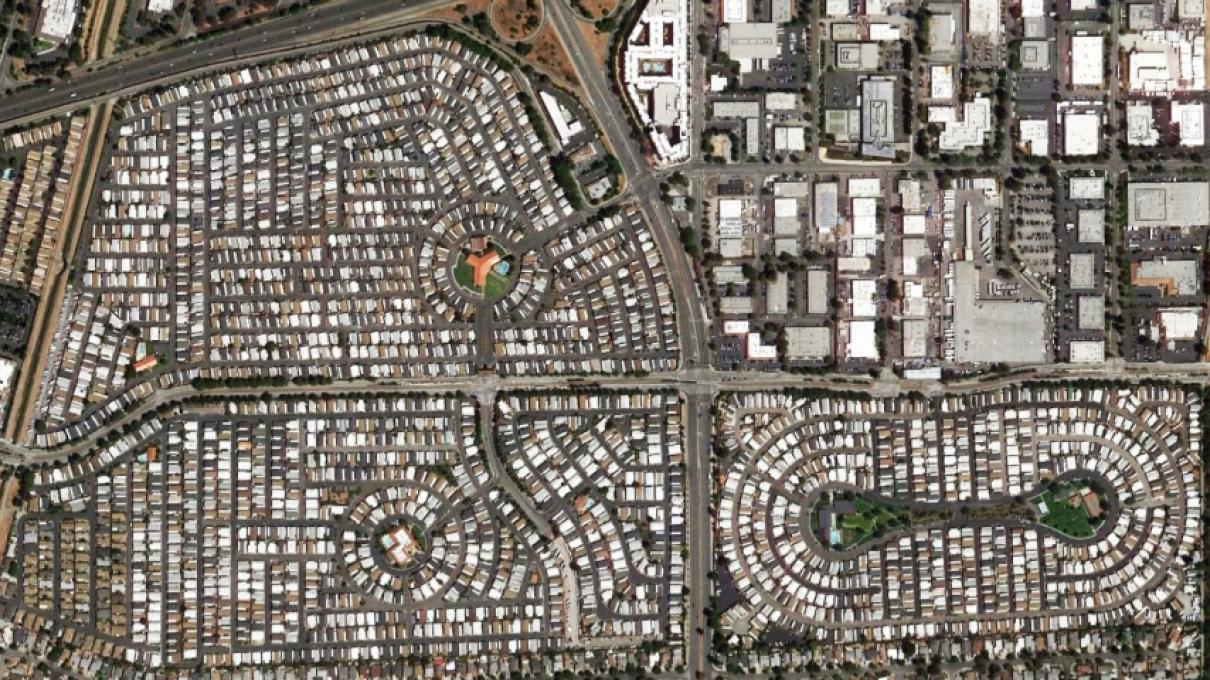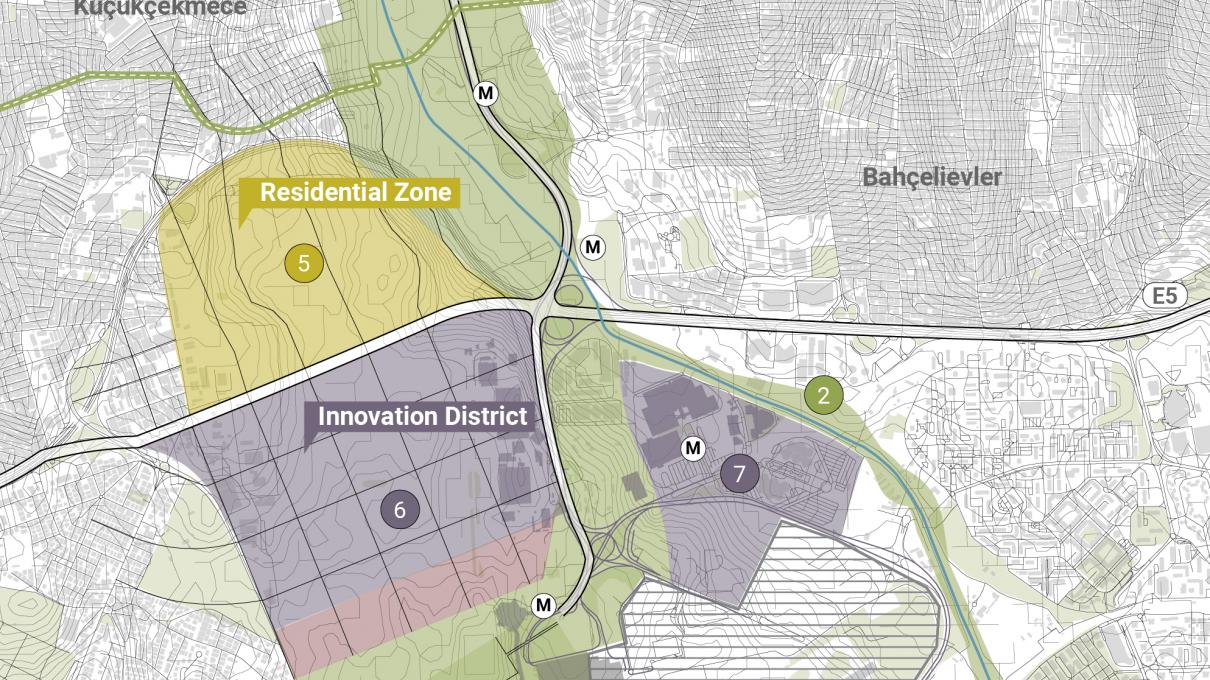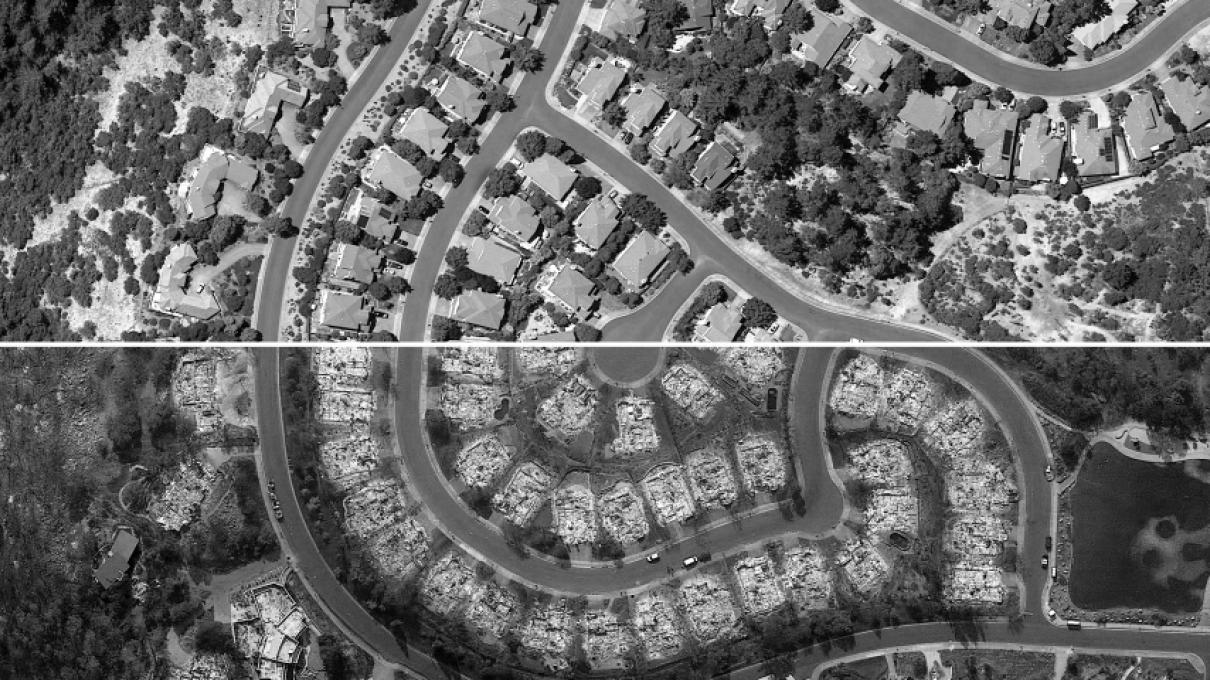Equitable Resilience
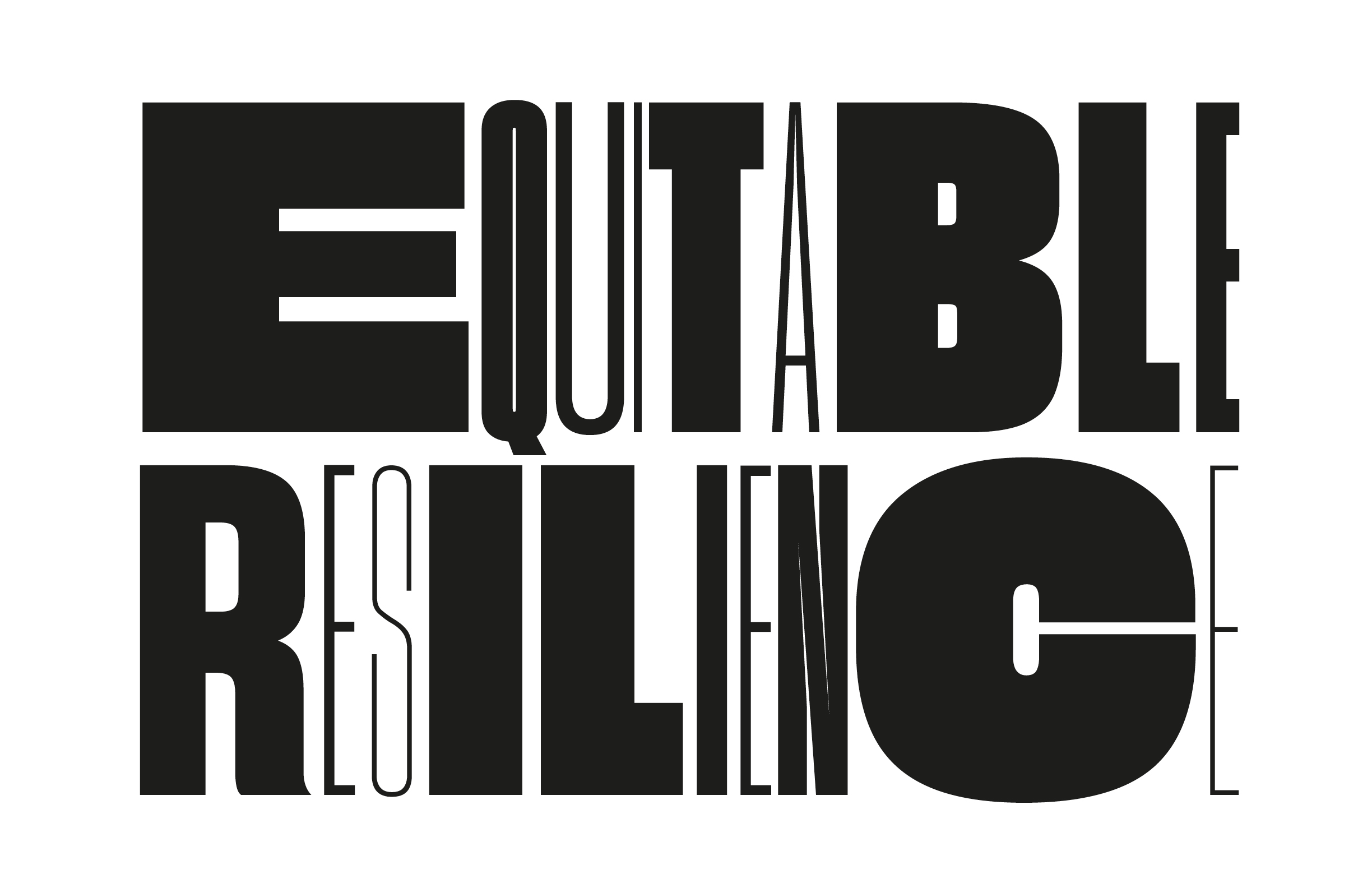
The Norman B. Leventhal Center for Advanced Urbanism’s fourth theme–Equitable Resilience–brings to the forefront questions of equity when designing for urban resilience: How can cities prepare now for a more equitable form of future resilience? It aims to use the momentum around global resilience thinking to address urban inequities as a result of climate change preparations and impacts.
Resilience, a term having its popular origins in the socio-ecological fields, is generally defined as the ability to adapt, persist, return to a state of equilibrium, or advance beyond it after a disturbance (1,2,3). Countries all over the world are ramping up efforts to make their cities more resilient. However, most resilience practice emphasizes the role of the built environment in climate adaptation, leaving behind conversations about societal inequities and exclusions (4). There has been an increasing emphasis on building resilient cities as a “homogeneous whole” of urban systems, planning practices, and institutional and financial regimes (5). However, vulnerabilities to environmental risk and the capabilities to cope with them are highly variable across every urban region (6). In such a context, what does equitable resilience mean, and what can precedents teach us? The first step to design for equity and resilience cohesively is to understand the differing levels of vulnerability that various urban communities face.
These differences are multiscalar. At a global scale, due to existing vulnerabilities in urban infrastructural systems and the lack of resources to recover, economically developing countries often feel the impacts of natural disasters more strongly (7). At a local level, existing disparities in communities are exaggerated in the face of a natural disaster. Communities that are underserved and socioeconomically vulnerable typically face a significantly larger challenge. Not only are they most often located on precarious geographies such as steep slopes and in low-lying areas, but they also often lack the capacity to recover and build back. Globally, between 1996 and 2015, 68.3% of all of the people who died due to natural hazards belonged to lower-middle and low-income groups (8). These stark imbalances illustrate the urgency of why we will address equity and resilience together to create urban environments that are not only resilient, but also equitable and fair.
Many cities are connecting adaptation goals with general development needs and strategic planning efforts (9). While these efforts provide a good starting point, it is imperative to make explicit the differential vulnerability of various socioeconomic groups in the face of increasing severity and frequency of climate change-related natural disasters. It is also critical to address these issues as an integral part of designing for future built form and retrofitting operations. To begin this conversation, this triennial aims to explore and connect social and cultural inequities as cities move toward resilience planning and design. Making equity a central goal for resilience efforts, this triennial aims to develop physical design solutions that “do not reinforce existing inequalities or create new ones.” (10)
Considering “equitable resilience’’ to be the end goal that cities should strive for, this triennial’s themes include: Equitable Resilience through Urban Design and Development; Equitable Resilience through Infrastructure; Equitable Resilience through Technology; Equitable Resilience through Policy.



